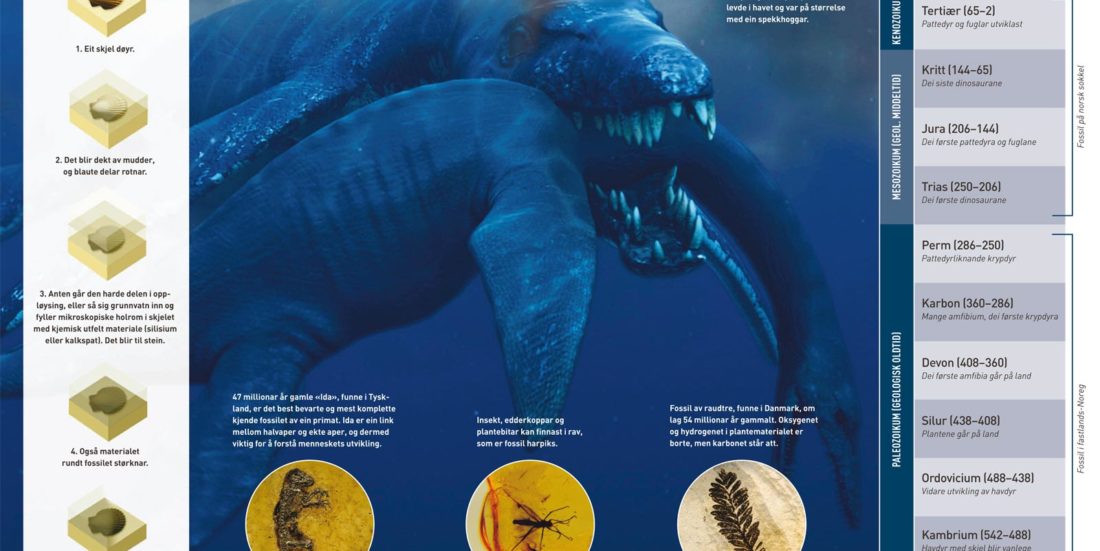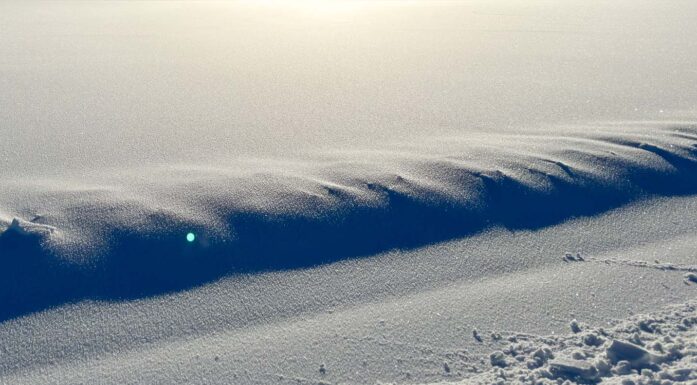Frozen in time
If you bury the cat in the garden, will she someday become a fossil?
A fossil is a remnant or a trace of a plant or an animal from an earlier geologic time period, which has been preserved in layers of soil or rock. To be called a fossil, the specimen must be at least 10 000 years old (the end of the Pleistocene). It is the actual age of the specimen, not if it is an extinct species, which decides whether or not it is a fossil. The oldest fossil discovery in the world is about 3.5 billion years old.
Fossils are formed in different ways. The most common is called petrifaction, of either the whole organism or part of it. Alternatively, we might find an imprint of the organism if it is completely broken down and has disappeared after it has been filled with another material. Fossil organisms can also be preserved in their totality in the tundra (mammoths), bogs, salt lakes, or amber (insect and plant species).
There is a lot of chance involved in the transformation of an organism into a fossil. Most organisms will break down soon after they die. But if they are immediately covered with mud, for instance – and protected from oxygen – they can become fossilized over time. These conditions are mostly found in the water. That is why the majority of fossils that we have found are from marine animals or plants.
Most of the fossils that are found in mainland Norway are from the Cambrian, Ordovician and Silurian periods, with the majority of the fossils found in the east. But there are also fossils from the Devonian, Permian, Jurassic and Cretaceous periods. Under the seabed off Norway and in Svalbard, there are plenty of fossils from different periods of Earth’s history.
Fossilized dinosaur footprints have been found on Svalbard, and remnants of ichthyosaurs on Svalbard and Andøya. They are similar to dolphins and lived during the age of the dinosaurs in Norway. When we cannot find dinosaur fossils in Norwegian rocks, it is because all the rocks in Norway are older than the oldest dinosaurs. There have certainly been such animals here, but their traces have been scoured away by wind, water and glaciers. But a fossilized piece of a plateosaurus was found in 1997 with a rock sample from a well on the Snorre field in the North Sea!
Text: Nina Tveter





